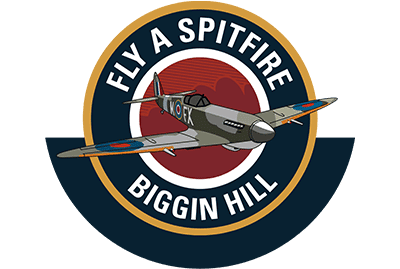Hawker Hurricane: The Heart of the Coming Storm
December 24th, 2022
6 minute read
Born in 1916 in Great Easton, Leicestershire, Peter William Olber Mould was the third child of Charles and Ethel Mould. He had two older sisters. At some point along the way his family began calling him “Boy.” The name stuck.
Boy Mould came of age during the Great Depression. This global economic cataclysm affected everyone on the planet to one degree or another. Desirous of some stability in his life, as soon as he was able young Mould enlisted in the Royal Navy.
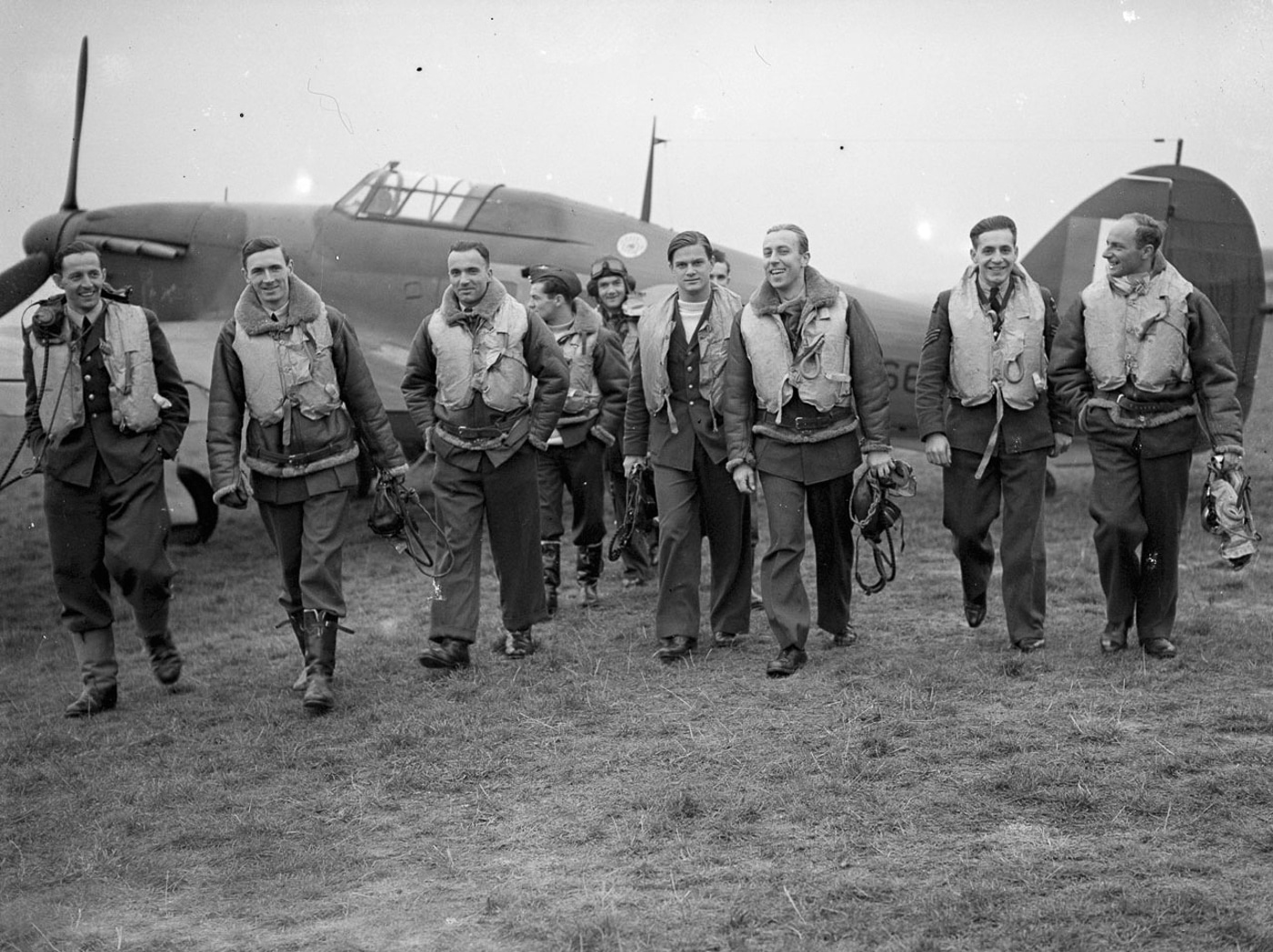
Seaman Mould adapted well to military life. He was an athletic young man with an admirable work ethic and a quick smile. In 1937, Mould was one of four students out of 180 applicants accepted for transfer to the RAF College at Cranwell. At 21 years old, Boy Mould was about to become a pilot.
It had been a mere 34 years since the Wright brothers had first slipped the surly bonds of earth, and aviation technology was charging ahead apace. With each passing year, airplanes got faster and more powerful. While aircraft design and engineering were being radically transformed, political events in mainland Europe were evolving at an even faster pace.
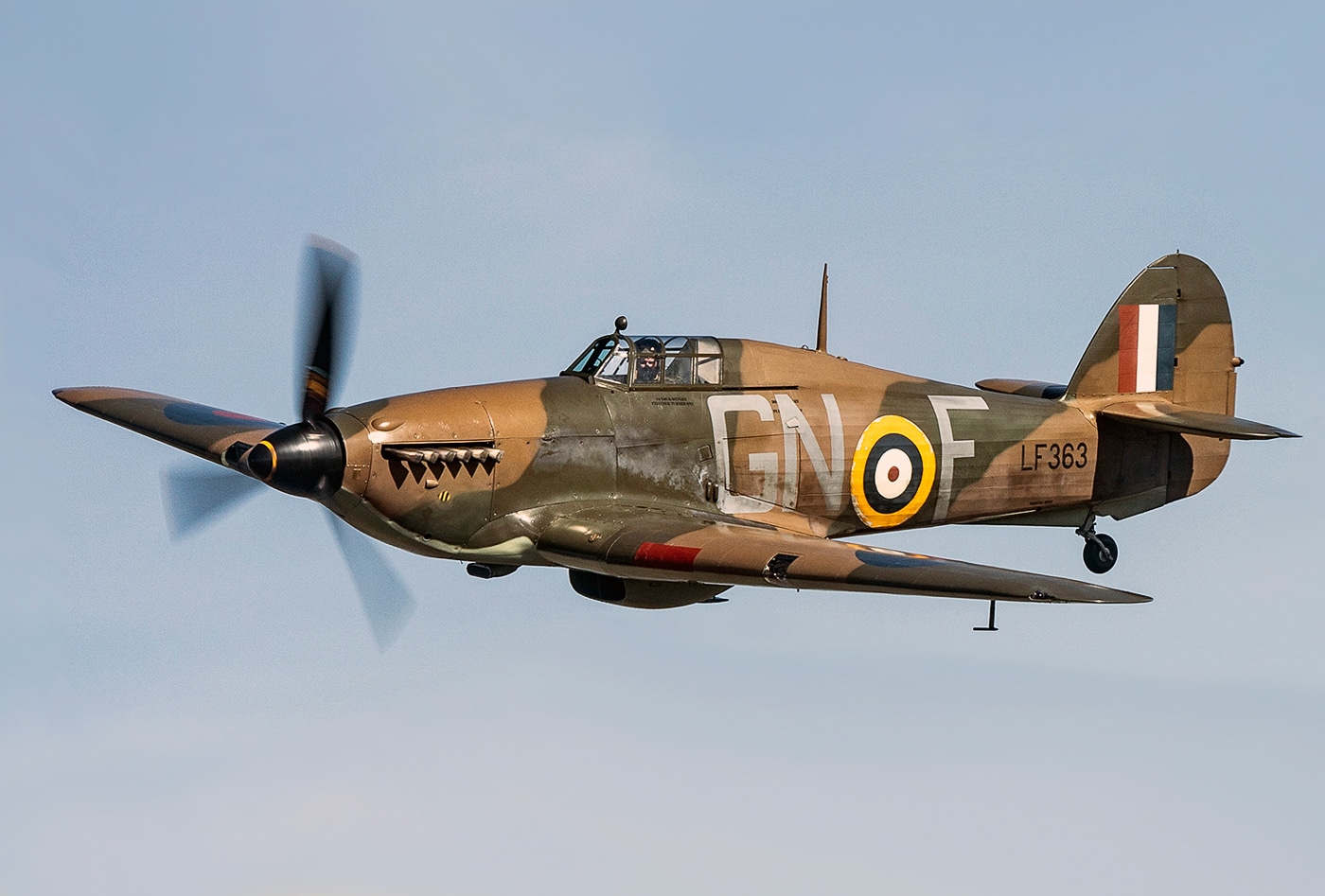
Boy Mould graduated as a Pilot Officer in 1939 and trained to fly Hawker Hurricanes. He was part of an elite cadre of trained pilots who were operational at the outset of war. His first assignment was No. 1 Squadron at Tangmere. With the initiation of hostilities in September of 1939, Mould and his mates were deployed to the continent as part of the RAF Advanced Air Striking Force. Boy and his buddies were full of fire and vinegar, ready to take the fight to the Boche. However, as is the case with all men when first going off to war, reality was to be a cruel mistress.
Desperate Realities
As the Germans were schooling the rest of the planet on the salient attributes of blitzkrieg, Boy Mould along with the British Expeditionary Force struggled to adapt. Bf-109E Messerschmitts tore across the battlefield, their guns and cannon carving a deadly swath ahead of advancing Wehrmacht formations. Ju-87 Stukas blasted through strong points. Balanced against such seemingly unstoppable force stood No. 1 Squadron along with a few others. Heralded by Goebbels’ propaganda and some legitimately terrifying combat capabilities, the vaunted German Luftwaffe seemed invincible.
On October 30, 1939, Pilot Officer Mould was on a combat patrol just west of Toul, France. He spotted movement in the sky and advanced the throttle on his Merlin II engine to the stops. Now climbing at more than 300 miles per hour he closed on the aircraft until he could clearly inspect the outline.
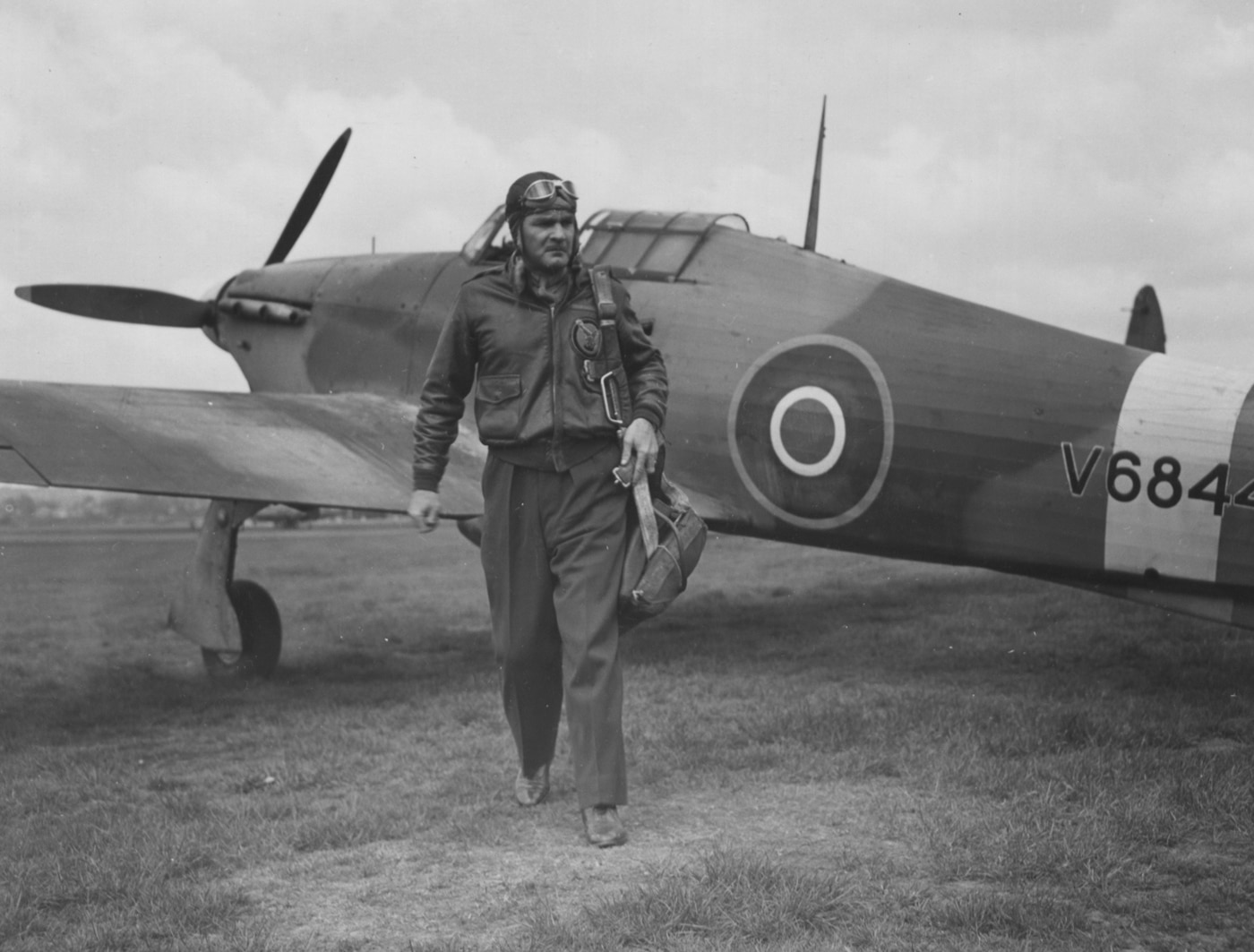
The enemy plane was a Dornier Do 17P Schnellbomber photo reconnaissance aircraft. Both Germans and British alike called the Do 17 the “Flying Pencil.” Known for its docile handling at low altitudes and impressive speed, the Do 17 was a jack of all trades in Luftwaffe service. Like many to most German aircrews, this one had already seen action in Spain as part of the Condor Legion. That fact, however, did not make them invulnerable.
Timely tactical intelligence was a critical aspect of the success of the German advance, and airplanes like this Dornier were its primary source. As he approached, Pilot Officer Mould maneuvered underneath and behind the enemy plane, catching the Luftwaffe crew unawares. When the range closed to 300 yards Mould pressed the firing tit on his control stick. His eight open-bolt .303 Brownings roared at a cumulative rate of 170 rounds per second.
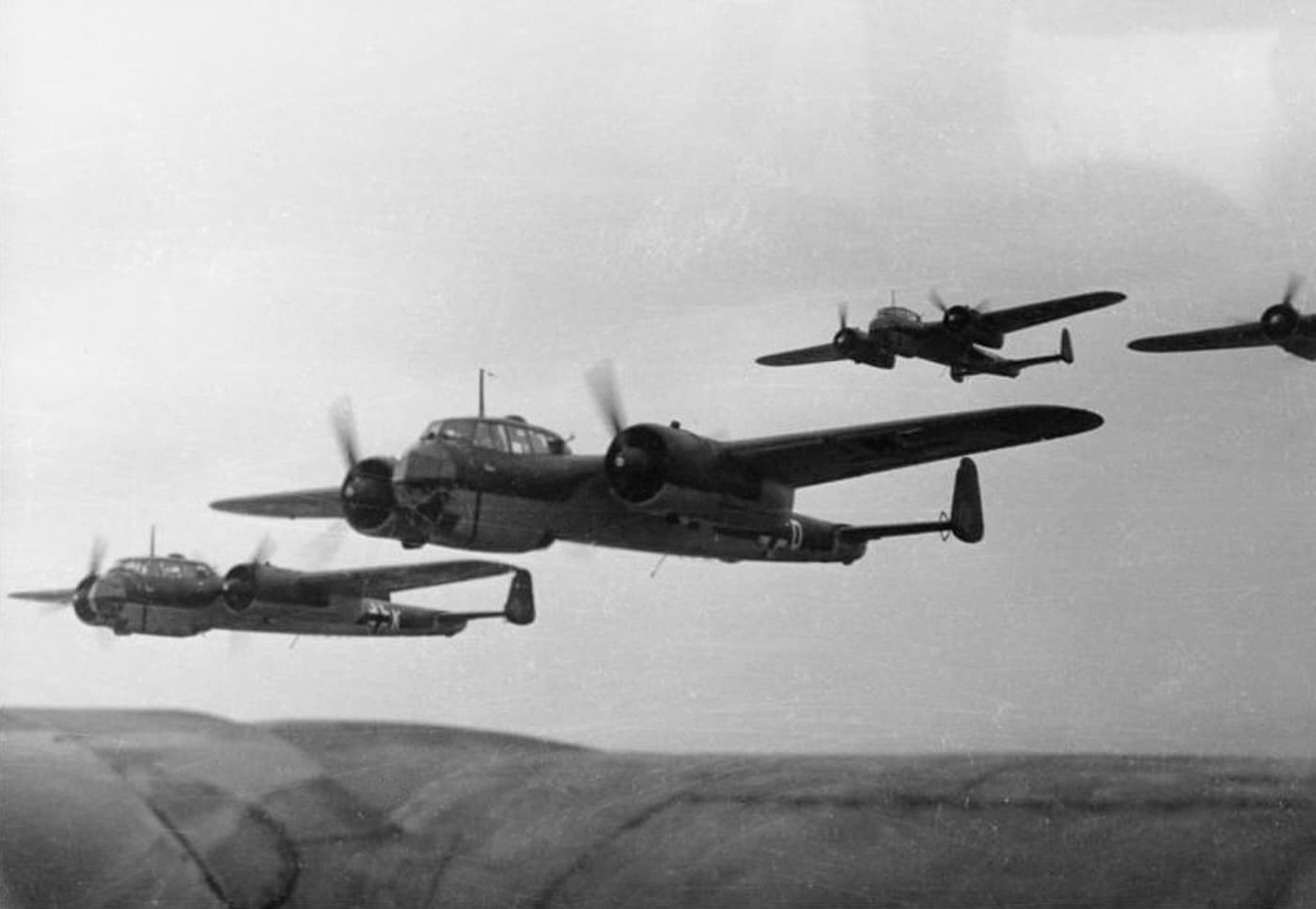
Hundreds of light rifle-caliber bullets sleeted into the sleek German plane, pulverizing structural components, ventilating the fuel system, and tearing through flight controls. The stricken Dornier gradually rolled over trailing smoke. Boy Mould followed it down and watched the plane impact the French countryside. Though he had not started his day with this specific intent, Pilot Officer Mould had just shot down the first Luftwaffe plane destroyed by the RAF during World War II.
The Machine
The Hawker Hurricane was designed by aviation visionary Sir Sydney Camm. It first flew in November of 1935. Though the Hurricane was only eight months older than the Spitfire, it was always relegated to second-class status in the press. Where the Spitfire was sleek and elegant, the Hurricane seemed blocky and awkward. Regardless, during the Battle of Britain the Hurricane accounted for more downed German aircraft than the Spitfire and anti-aircraft units combined.
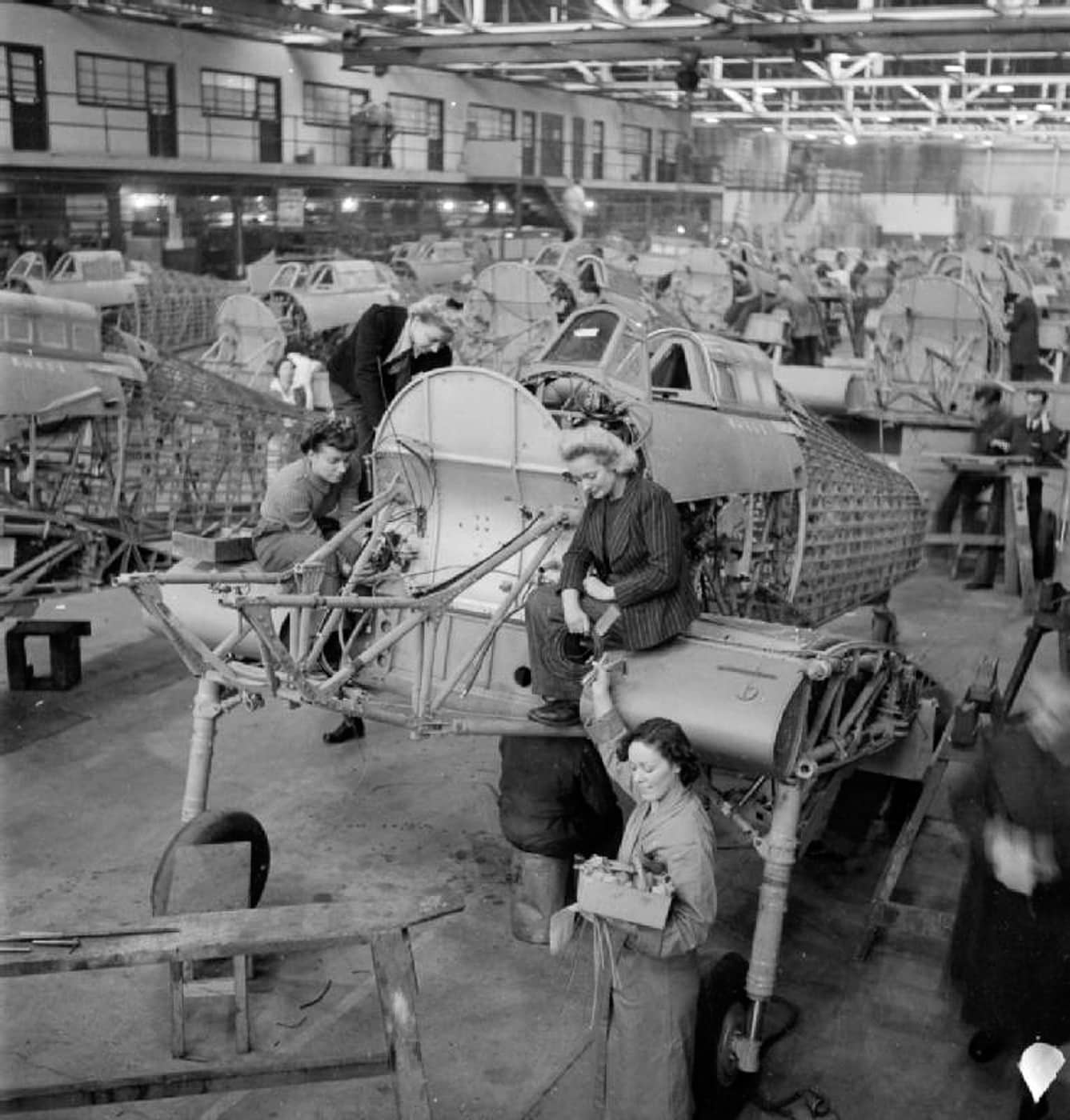
The Hurricane represented the transitional form in the evolution from biplanes to monoplanes. Throughout its 14,487-plane production run, the Hurricane’s fuselage was formed from doped fabric over a hybrid framework of aluminum, steel and wood. While early wings were similarly crafted, later versions were all metal.
The Hurricane really was a magnificent design. It only took maintenance crews three hours to exchange the wings on the plane. Later all-metal wings offered a top speed fully 80 mph faster than the same plane equipped with the fabric-covered wings, but the appendages were indeed interchangeable. At least one Hurricane was actually flown with a fabric wing on one side and a metal wing on the other.
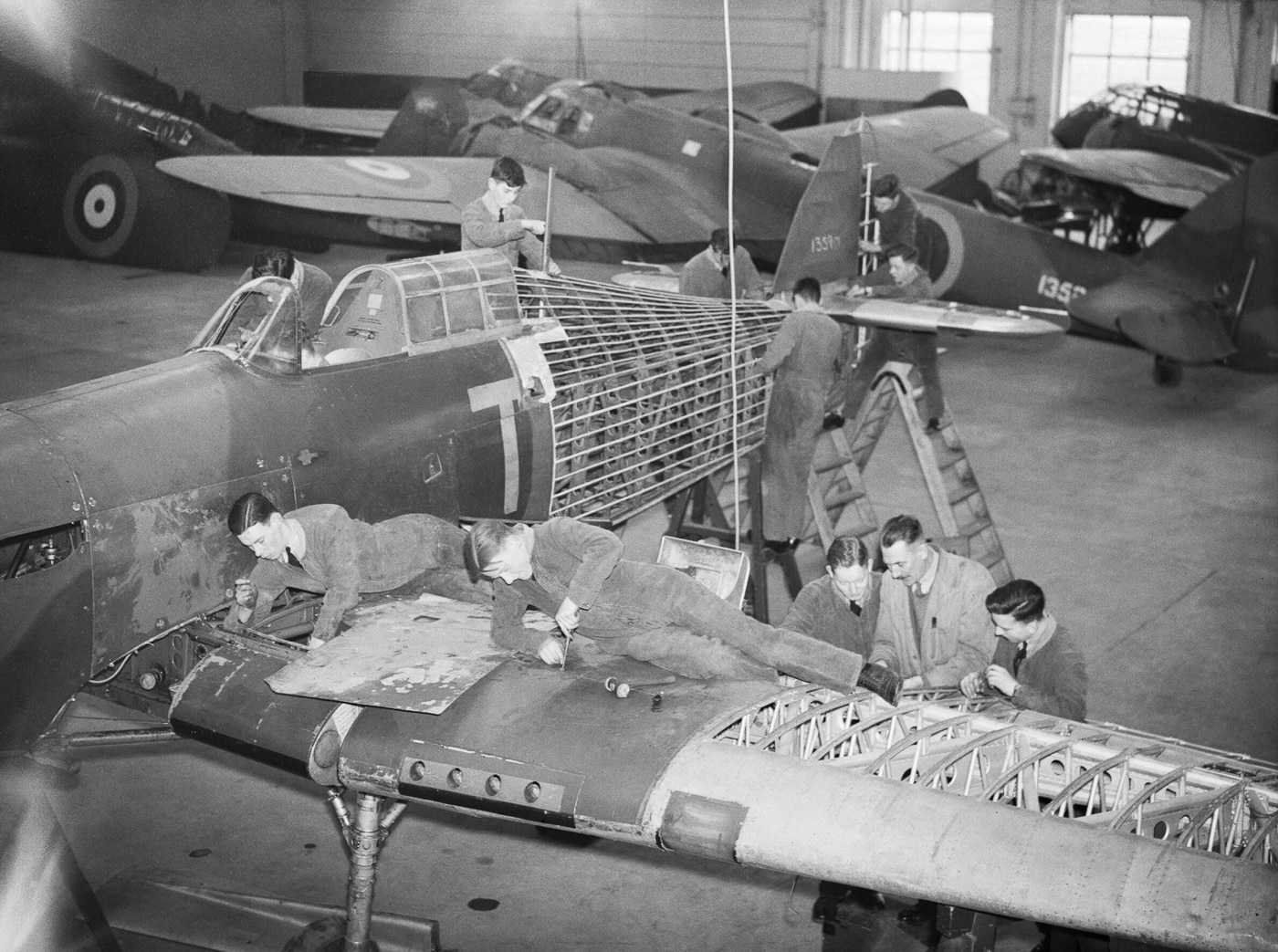
The wide-track landing gear was rugged and forgiving, and the high-mounted cockpit offered superb forward visibility compared to sleeker contemporary designs. The less refined construction of the Hurricane actually made it more resistant to cannon fire when compared to the more advanced monocoque architecture of the Spitfire. Though slower and less responsive than the Spit, the Hurricane was easy to fly and a superbly stable gun platform.
Hurricanes saw service everywhere the RAF fought. In 1944 the Hurricane production line was rolled over to the plane’s successor, the Hawker Typhoon. Sixteen Hurricanes remain in flyable condition today.
The Rest of the Story
Boy Mould fought with his squadron in France until June of the following summer. Though No. 1 Squadron served with distinction during the Battle of Britain, Pilot Officer Mould was by then occupied as a flight instructor and forced to sit it out. He later deployed to Malta aboard the aircraft carrier HMS Ark Royal, ultimately downing a total of eight enemy aircraft in aerial combat. While on leave in January of 1940 he married Phyllis Hawkings, a girl from his hometown.
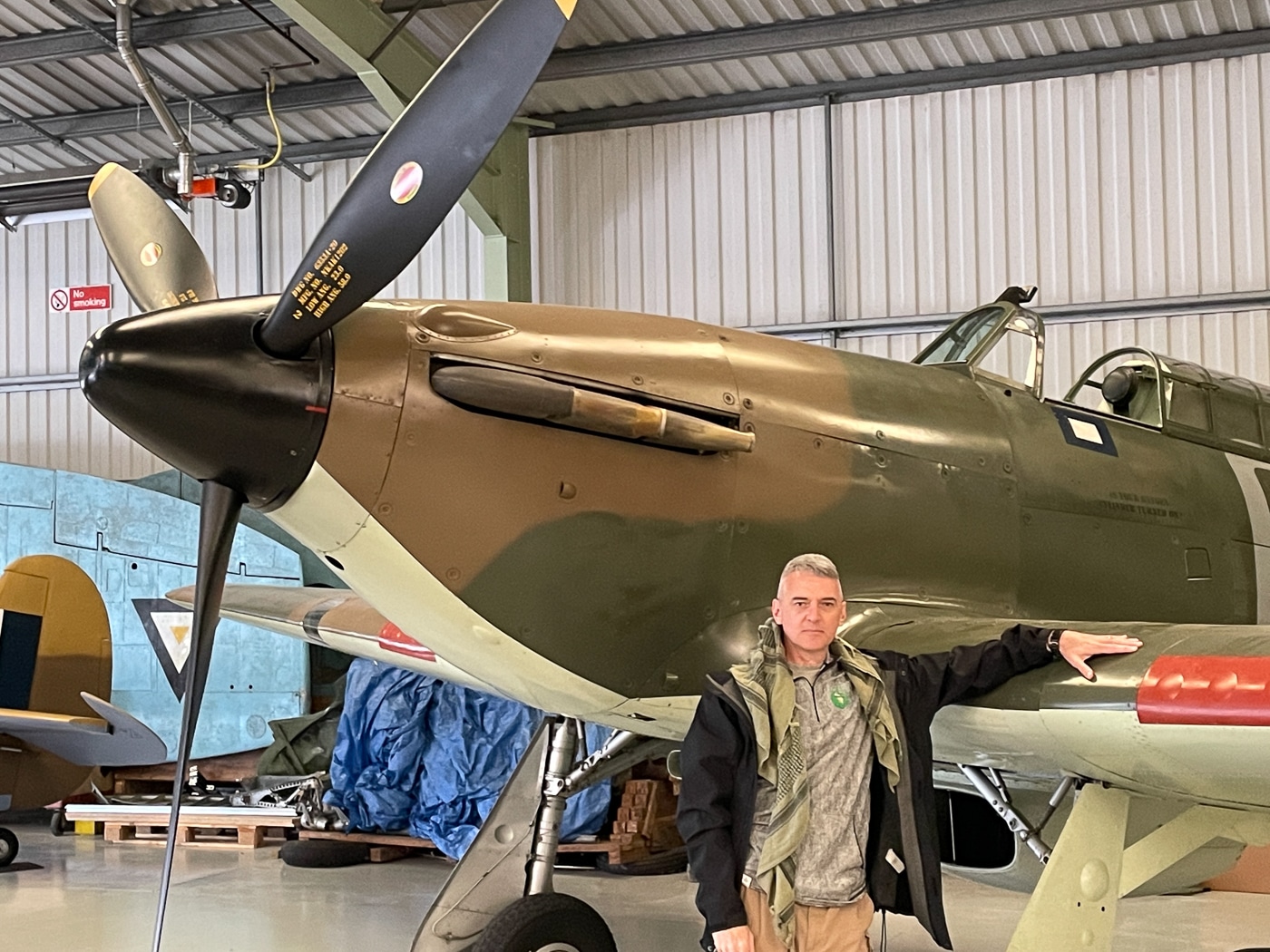
On October 1, 1942, Boy Mould, now a squadron commander, was leading a combat patrol 30 miles northeast of Malta. While giving chase to a group of Italian aircraft, Mould and his flight were bounced by a dozen Macchi C.202’s and Fiat CR.42’s. This engagement represented the combat debut of the spunky Italian Macchi fighter. After a roiling gunfight the British formation broke up and headed back to base. The only casualty was Squadron Leader Mould. His body was never recovered. The British ace who downed the first Luftwaffe aircraft of the war perished anonymously. At the time he was 24 years old, one of 57,205 RAF aircrew lost during the war.
For decades we took these old planes for granted. Nowadays, they are treated with the reverence and respect they deserve. My sincere appreciation to Austin, Fish, and the mighty fine blokes at flyaspitfire.com at Biggin Hill airfield outside of London for my opportunity to study a Hurricane up close.
Editor’s Note: Please be sure to check out The Armory Life Forum, where you can comment about our daily articles, as well as just talk guns and gear. Click the “Go To Forum Thread” link below to jump in and discuss this article and much more!
Join the Discussion
Featured in this article
Continue Reading
Did you enjoy this article?

 161
161




